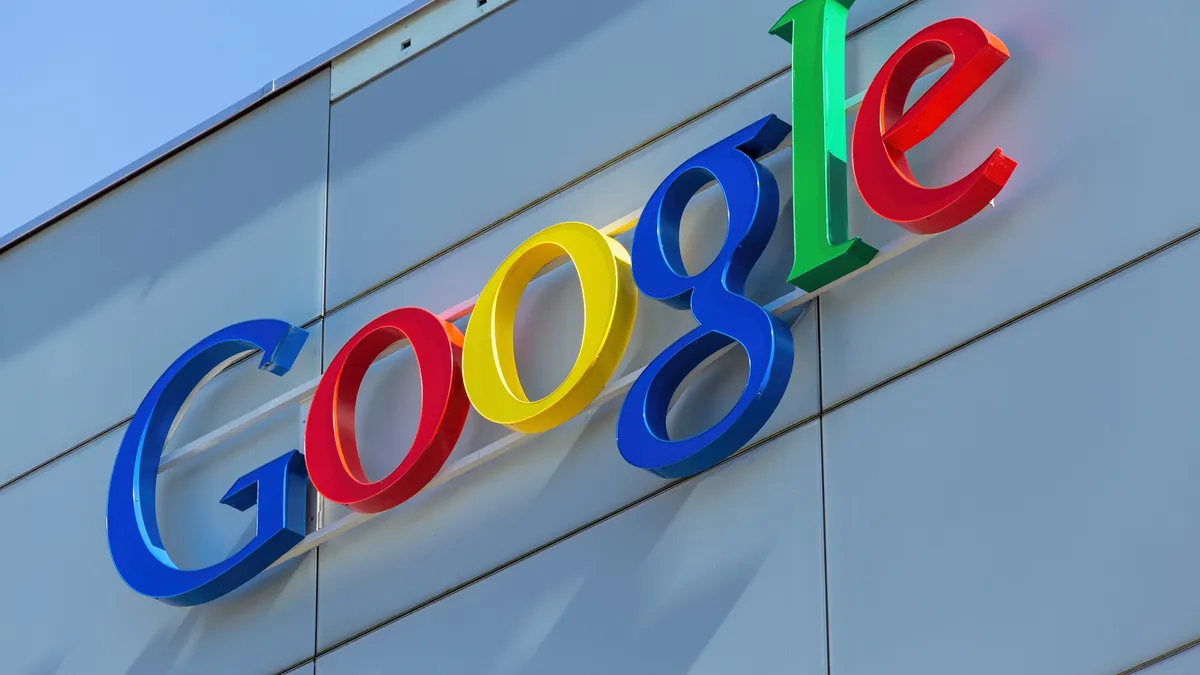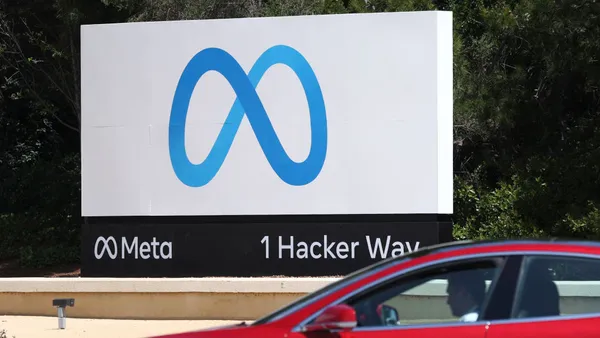Dive Brief:
- Google Accelerated Mobile Pages (AMP) launched in February as an open-source project to optimize mobile pages for publishers and as an alternative to Facebook’s Instant Articles, which achieve the same purpose but keep publishers’ content locked inside Facebook’s walled garden. Publishers are now seeing significant traffic from AMP content, Google revealed recently.
- The Washington Post reports a 23% increase in mobile search users who return within seven days while Slate has seen a 44% increase in monthly unique visitors and a 73% increase in visits per monthly unique visitor, according to Google.
- Thrillist reports getting 15% of search traffic from AMP, increasing its search traffic by a third, according to Digiday. USA Today nets 12% of mobile page views from AMP, and The Verge gets 14% of traffic from AMP. A multi-title publisher anonymously told Digiday that AMP pages load 95% faster, and have a 50% lower bounce rate than regular mobile search pages.
Dive Insight:
Traditional publishers are looking for ways to reach mobile users as content consumption on smartphones continues to grow. At the same time, they want to be able to monetize mobile content, with mobile ads typically commanding a lower price than desktop.
Both AMP and Facebook Instant Articles limit the number and type of ads publishers can run on optimized pages. Since AMP is open-source, publishers have more control over content, although they are still limited in some ways since the content is presented within the AMP ecosystem.
The fact that some publishers are reporting strong traffic with AMP is a sign that the approach is working on at least one level. However, without clear monetization numbers, just how successful AMP is remains unclear.
Google is working on improving the ad situation for AMP. In an example provided by Digiday, the New York Daily News first saw AMP traffic earning about half of regular mobile content, but as Google made changes to how ads can be presented, that number rose to about 75% of revenue earned from regular mobile pages, with ad slots sold programmatically.
For now, publishers are likely to continue to test on Instant Articles, AMP and Snapchat Discover, as well as their own platforms, to find the most effective way to reach mobile users in terms of both driving both traffic and revenues.















